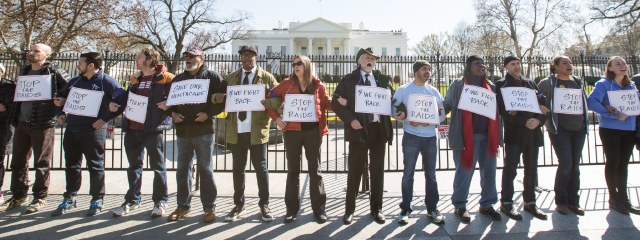2022 Federal Housing Policy Priorities: July Update
Even before the COVID-19 pandemic revealed the fragility of a range of U.S. institutions, from our healthcare system to our meager social safe- ty net, the U.S. faced a crisis in housing affordability. In 2008, the burst- ing of a housing bubble created by a deregulated financial industry of- fering predatory subprime loans and inscrutable financial instruments destroyed the financial stability of millions. The foreclosure crisis, and the financial crisis that followed, cost American households $16 trillion in wealth as millions lost their homes and saw their savings and retire- ment funds depleted. Black and Latinx households were hardest hit, losing half their wealth.
In the fourteen years since, the financial industry has only become more entrenched in U.S. housing markets,3 extracting wealth from low- and moderate-income families and creating a drag on an econo- my still reeling from the pandemic.
Benefitting from the large number of homes available at a discount in the wake of the foreclosure crisis–some of which were purchased directly from Fannie Mae-- and large cash reserves, several financial firms entered the rental market, squeezing out many would-be home- owners in the process. These firms created a business model that re- lied on imposing the highest possible annual rent increases to ensure growing rates of return for their investors.
In addition to raising rents, this new class of corporate landlords also piles on fees, including punitive charges for renters who fail to per- form the kind of maintenance that would traditionally be expected of a landlord including “landscaping, ‘routine insect control,’ replacing air filters in their central air systems once a month, repairing broken glass (regardless of how it was broken), and repairing and maintaining sew- er and sink backups.”
Finally, when the accumulated burden of inflated rents and fees be- comes too much for tenants, corporate landlords move to evict, filing against tenants at a higher rate than traditional landlords. This ac- tivity continued even in the midst of a global pandemic and national moratorium on evictions.













